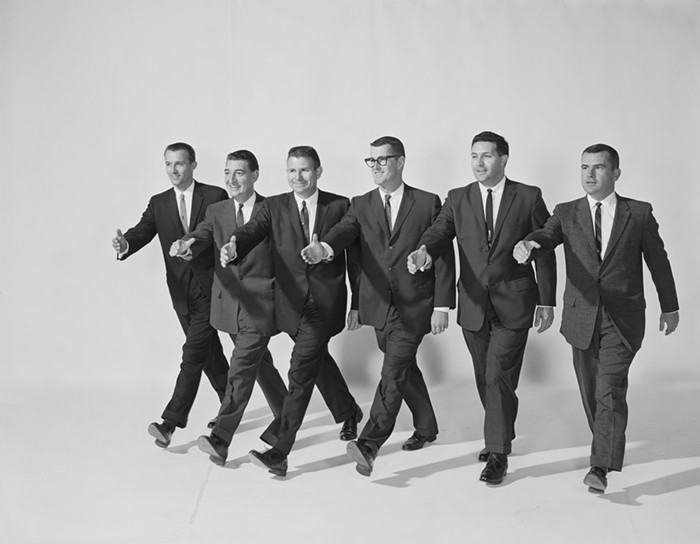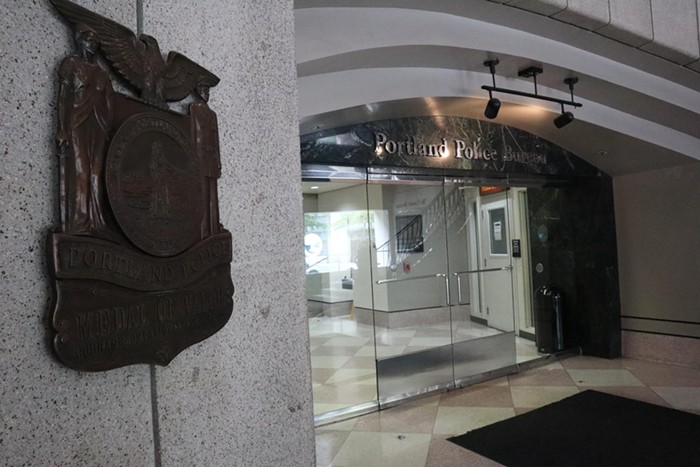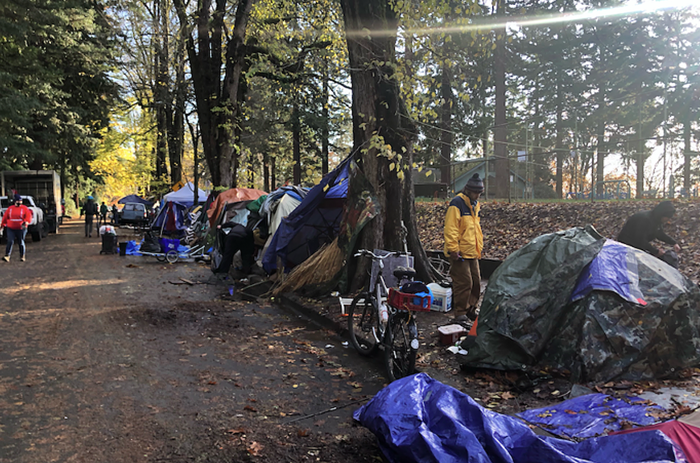THE HANDMAIDEN runs almost two and a half hours, but it’s stuffed with enough narrative twists and detail to fill a movie twice as long. It’s a gluttonous feast for the mind and the eye, not to mention a few other organs. In fact, the only real problem with the latest ravishing, demented effort from South Korean auteur Park Chan-Wook is that you probably need to see it twice to absorb everything it throws at you.
Here are the basics: In 1930s Korea, under Japanese colonial rule, a young woman takes a position as a servant to a wealthy Japanese heiress, Lady Hideko, who lives in an isolated, expansive country estate. She’s been recruited by Fujiwara, an amoral suitor of said heiress, to help him woo her so that he can marry her, get her committed to an insane asylum, and take all her money. (If this has a Jane Eyre sort of ring to it, that’s because The Handmaiden is based on Welsh novelist Sarah Waters’ 2002 book Fingersmith, which is set in Victorian England.)
Before long, though, the servant and her mistress form a bond of friendship, and before much longer, a more intimate one. But who’s manipulating whom? The question gets even more complicated as we learn more about the servant’s upbringing and as the movie’s perspective shifts—first to Hideko’s, then to Fujiwara’s. What starts out as a triangle of deception and desire becomes something much darker and more intricate.
Intricate, too, is the film: Perspectives change, names change, and even the subtitles change, with Park using white subtitles for Korean dialogue and yellow for Japanese, a distinction that becomes very important. In other words, you really need to pay attention. Fortunately, that’s not hard, thanks to the potboiler plot, the lush visuals, and the “Well, hello there!” sex scenes, which threaten to give Blue Is the Warmest Color a run for its money.
About halfway through The Handmaiden, you’re reminded, if you’ve forgotten, that this is the director who made Oldboy—not to mention Sympathy for Mr. Vengeance and Lady Vengeance, AKA the “Vengeance Trilogy.” Once again, Park’s outrageous twists, devilish wit, and operatic fervor ramp up to a delirious climax. As beautifully photographed as the movie is—and Park rivals Scorsese in his use of exquisitely choreographed tracking shots—some of it is undeniably tough to watch.
Park’s previous effort was his English-language debut, Stoker, and The Handmaiden possesses a similar combination of roiling, submerged insanity and baroque, detailed surfaces: The houses in both films function as major characters, and here, the performances from Min-hee Kim and Kim Tae-ri are as perfectly enigmatic as those of Mia Wasikowska and Matthew Goode in Stoker.
But returning to his homeland for his latest feature-length film seems to have liberated Park both in form (that 144-minute running time) and content (those sex scenes, as well as some unpleasantness involving Lady Hideko as a child). As exploitive as some of this stuff could’ve been—and might still seem—Park never goes for cheap thrills. He’s one of those directors, like Wes Anderson or David Lynch, whose films all seem to take place in a coherent, discrete universe of his own design. For Park, it’s a place where, as one character in The Handmaiden says, beauty is inherently cruel. And where the sweetness of revenge is directly proportional to the cruelty it’s paying back. It’s not a place you’d ever want to live—but once you peek into it, it’s hard to look away.


















